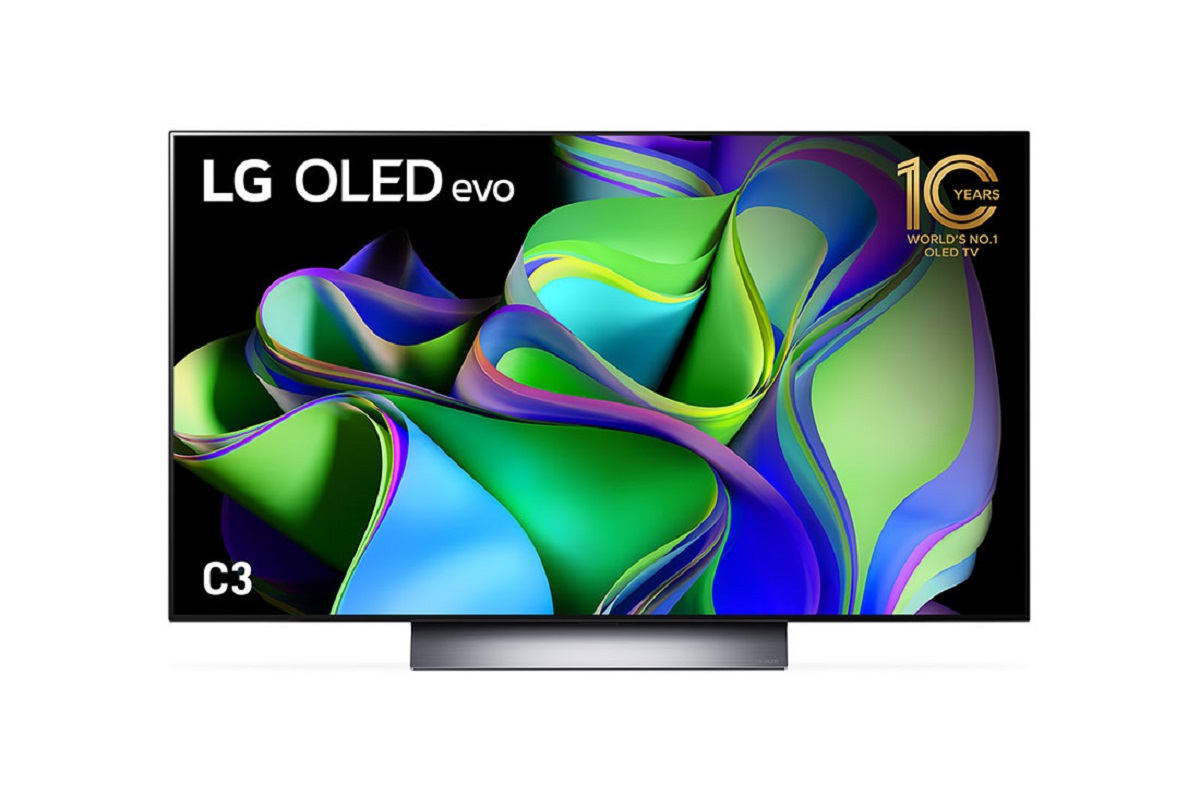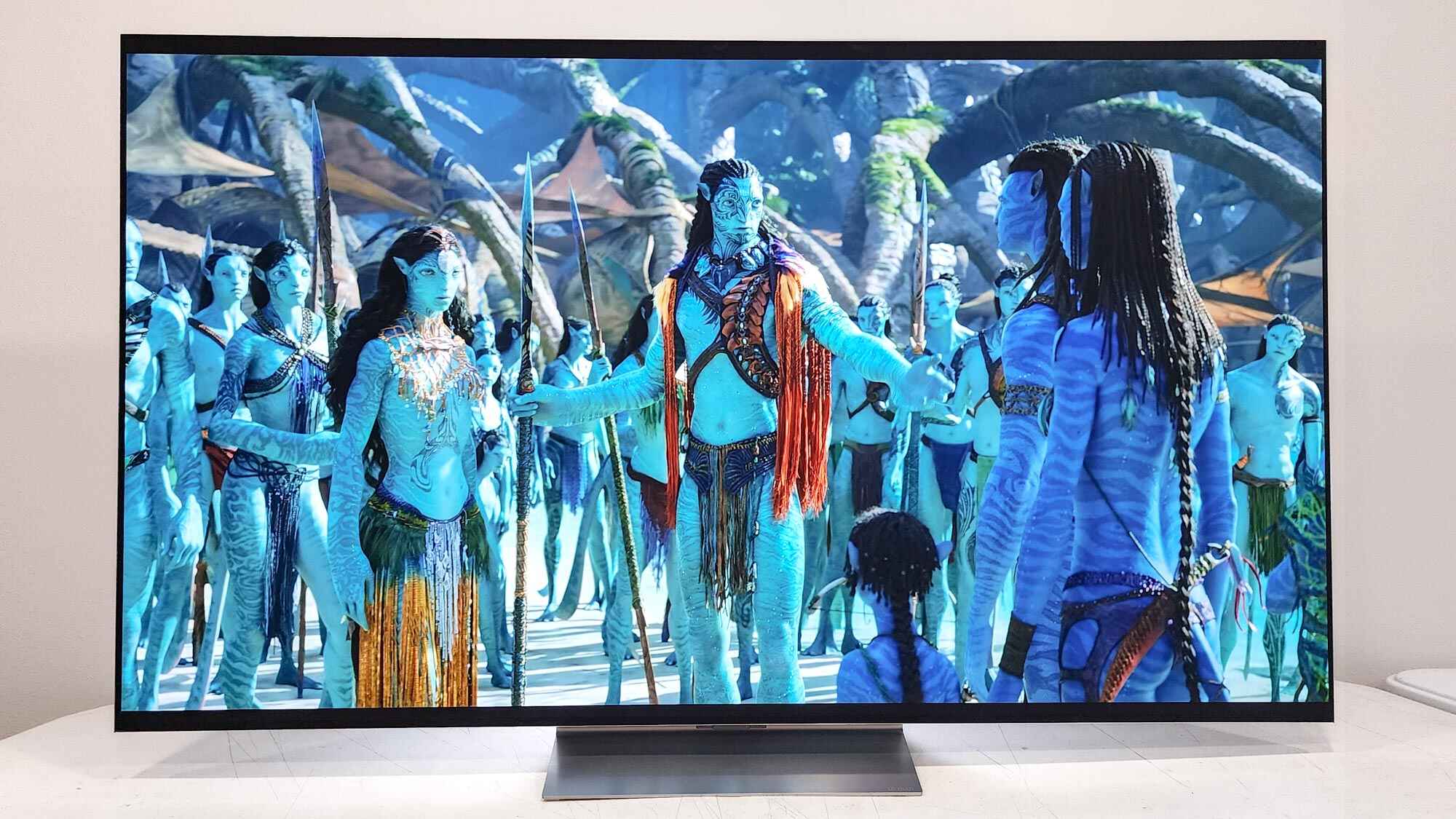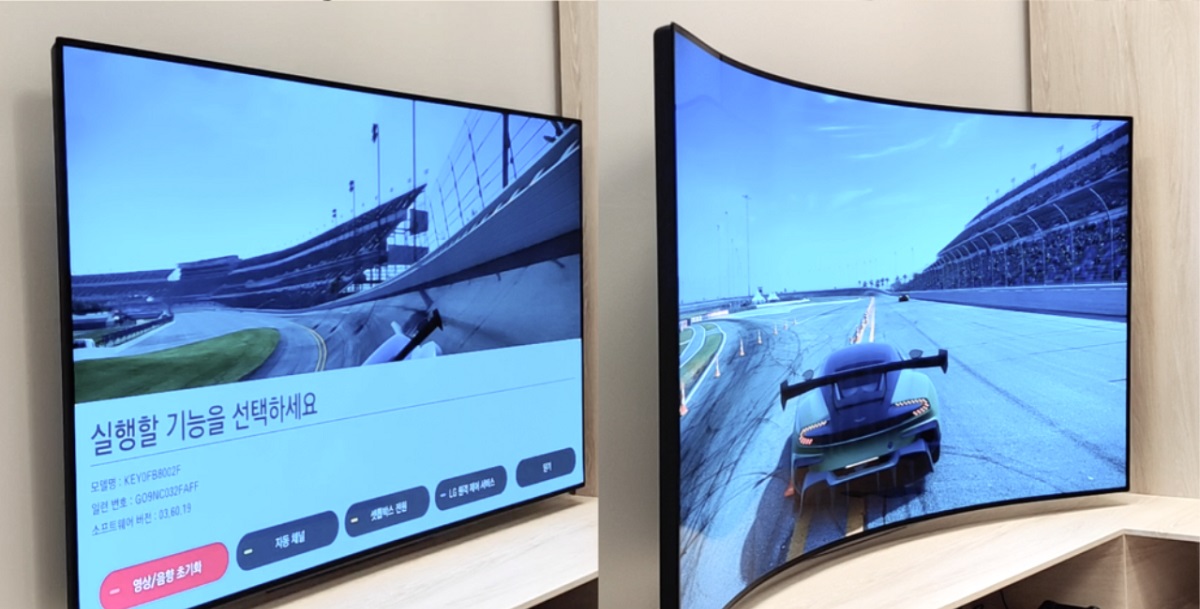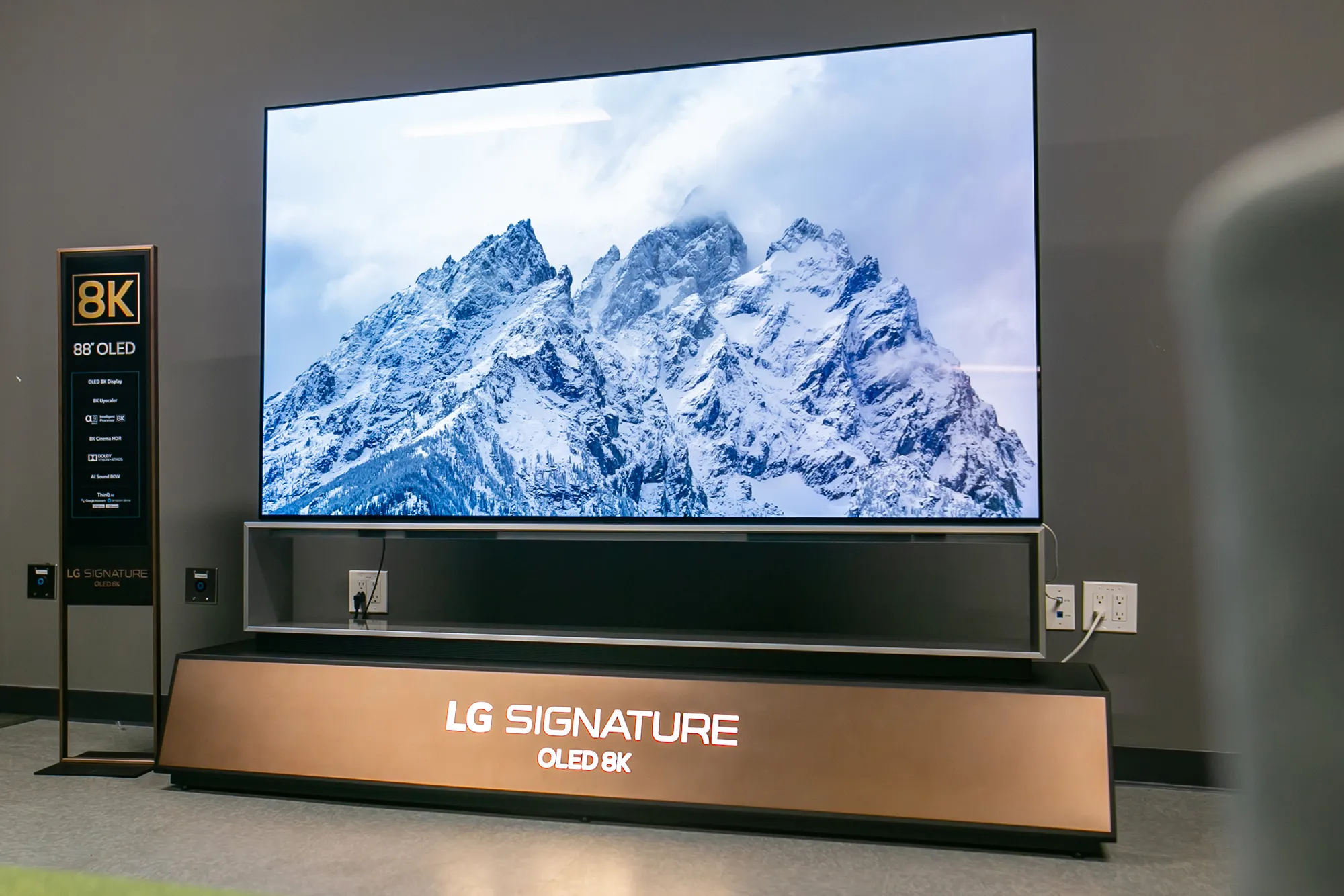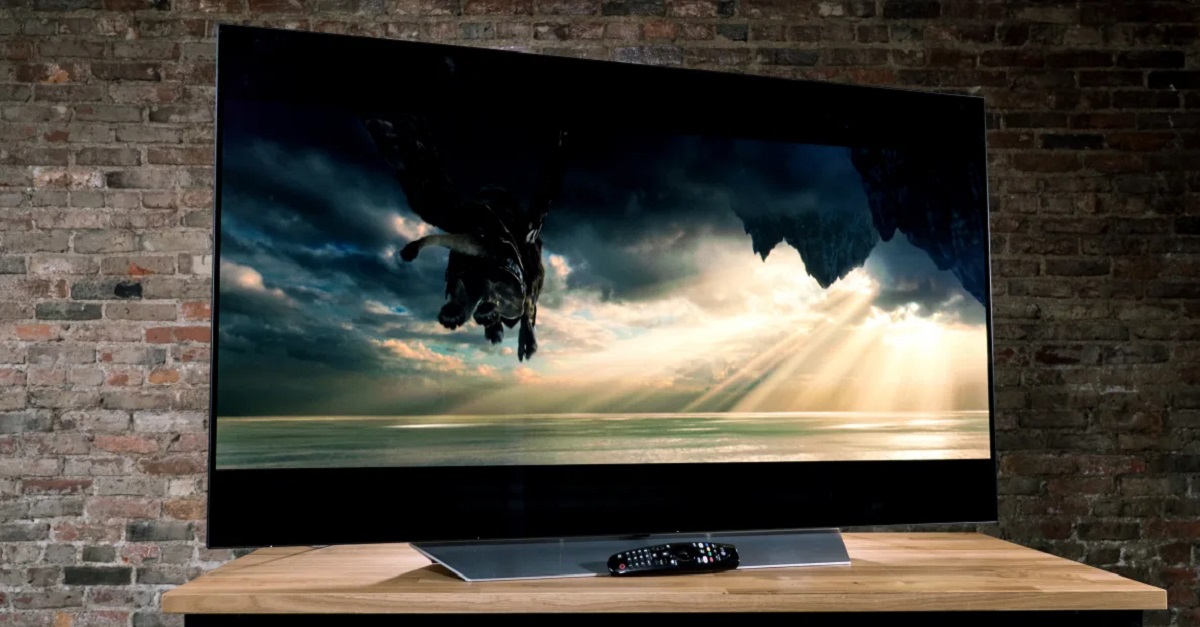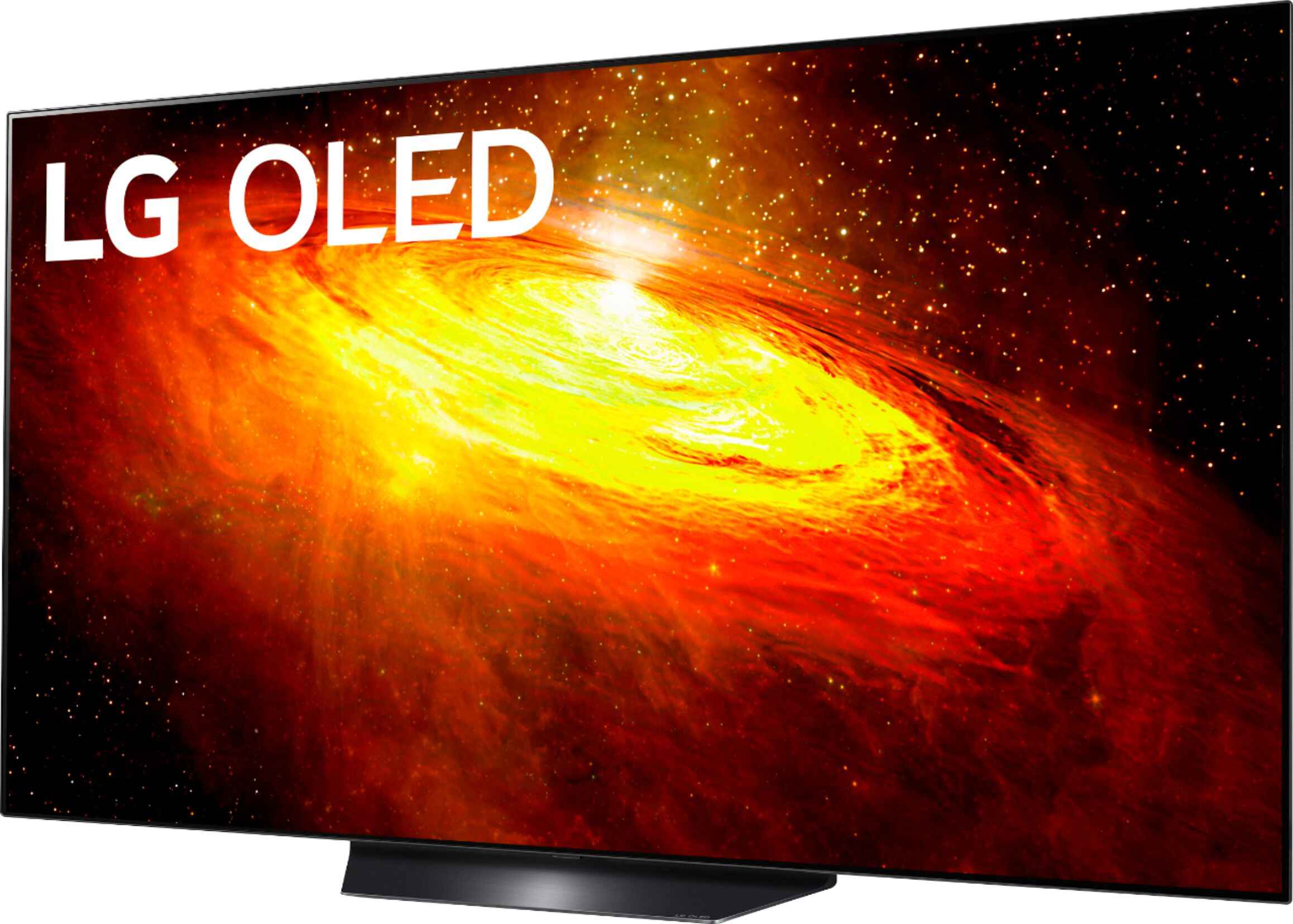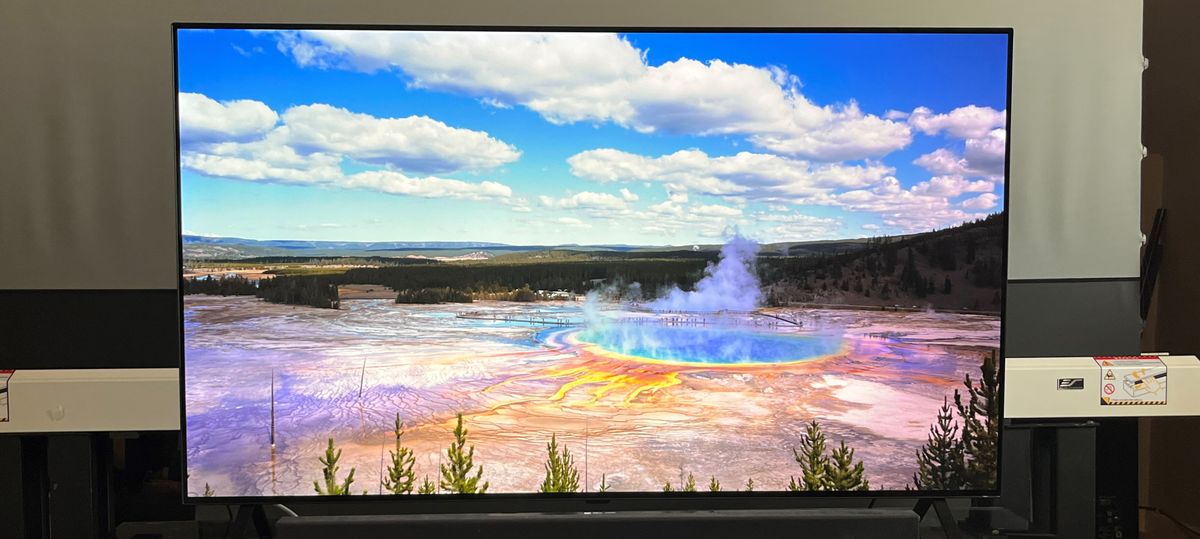Introduction
Welcome to the world of LG OLED TVs, where stunning picture quality meets sleek design. LG OLED televisions are known for their vibrant colors, deep blacks, and remarkable clarity, providing a truly immersive viewing experience. However, have you ever wondered about the weight of these cutting-edge TVs? Whether you’re planning to mount your LG OLED TV on the wall or simply curious about its weight, this article will provide you with all the information you need.
Understanding the weight of LG OLED TVs is essential, particularly when it comes to installation, transportation, and finding the right TV stand or wall mount. While it may seem like a minor detail, the weight of a television can impact your overall viewing experience and influence your decision-making process.
In this article, we will delve into the factors that affect the weight of LG OLED TVs, compare the weights of different models in the LG OLED TV lineup, and help you make an informed decision when it comes to choosing the right television for your needs.
So, grab a seat and get ready to uncover the mysteries of LG OLED TV weights. Let’s dive in!
Understanding LG OLED TVs
LG OLED TVs are known for their groundbreaking technology, which sets them apart from traditional LED and LCD TVs. OLED stands for Organic Light-Emitting Diode, and this technology revolutionizes the way we experience television.
Unlike LED and LCD TVs, which rely on a backlight to illuminate the screen, LG OLED TVs use self-emitting pixels that can individually turn on and off. This results in perfect blacks, infinite contrast, and stunning picture quality. As a result, LG OLED TVs deliver more vibrant colors, sharper details, and a wider viewing angle compared to traditional televisions.
Additionally, LG OLED TVs come in various sizes, from compact 48-inch models to expansive 88-inch ones, catering to different preferences and room sizes. They boast ultra-thin designs, with slim profiles that enhance the aesthetics of any space.
LG OLED TVs also feature advanced features and technologies, such as HDR (High Dynamic Range) support, Dolby Vision, and AI enhancements. These features further enhance the picture quality, making the viewing experience even more immersive.
In terms of audio, LG OLED TVs often include built-in speakers or support for external sound systems. Some models even offer Dolby Atmos technology, which creates a three-dimensional sound experience to complement the stunning visuals.
Connectivity options are also abundant on LG OLED TVs, with multiple HDMI and USB ports for seamless connection to various devices such as gaming consoles, Blu-ray players, and soundbars. Furthermore, many models have smart TV capabilities, allowing you to stream your favorite content from popular streaming services like Netflix, Amazon Prime Video, and Hulu.
Overall, LG OLED TVs offer a breathtaking viewing experience with their superior picture quality, sleek design, and advanced technologies. Now that we’ve gained a better understanding of LG OLED TVs, let’s explore the importance of their weight in the next section.
Importance of Weight
The weight of an LG OLED TV may seem like a trivial aspect, but it holds significant importance in various scenarios. Here are a few reasons why the weight of your television matters:
Installation: When it comes to mounting your LG OLED TV on a wall or using a TV stand, knowing its weight is crucial. Different mounting systems have weight limits, and exceeding them can lead to instability or even damage. By understanding the weight of your LG OLED TV, you can ensure that you choose the appropriate mounting equipment to securely install your TV.
Transportation: If you plan on moving or relocating your LG OLED TV, knowing its weight is essential. Whether you’re carrying it yourself or hiring professional movers, understanding the weight of the TV helps determine the manpower and resources needed for safe transportation. Additionally, it can also influence the choice of packaging and protective measures during transit.
Furniture Requirements: The weight of an LG OLED TV can impact the type of TV stand or cabinet you need. Heavy televisions require sturdy and durable furniture that can adequately support the weight. Ensuring the appropriate weight capacity of your TV stand or cabinet is crucial to prevent any accidents or damage to your valuable television.
Wall Structure: If you plan to mount your LG OLED TV on a wall, understanding its weight is crucial for assessing the strength and compatibility of your wall structure. Different walls can support different weights, and exceeding the limit can lead to structural damage. Knowing the weight of your TV helps determine if additional reinforcement or professional installation is necessary.
User Experience: The weight of an LG OLED TV can also impact the overall user experience. A heavier TV may be more difficult to adjust or reposition, making it less convenient for accommodating different viewing angles and positions. Considering the weight can contribute to finding a TV that suits your comfort and usage preferences.
By recognizing the importance of the weight of your LG OLED TV, you can make informed decisions related to installation, transportation, furniture requirements, and the overall user experience. Now that we understand why weight matters, let’s explore the factors that contribute to the weight of LG OLED TVs in the next section.
Factors Affecting the Weight of LG OLED TVs
The weight of an LG OLED TV is influenced by several factors. Understanding these factors can help you comprehend why TVs of different models and sizes have varying weights. Here are the key factors that affect the weight of LG OLED TVs:
Screen Size: One of the primary factors influencing the weight of an LG OLED TV is the screen size. Generally, larger TVs have more components and a larger frame, resulting in increased weight. For instance, a 55-inch LG OLED TV will usually weigh less than a 75-inch model due to the difference in size and materials used.
Build Materials: The materials used in the construction of an LG OLED TV significantly impact its weight. Manufacturers strive to create lightweight yet durable TVs by employing innovative materials like aluminum alloys and carbon fiber composites. These materials reduce the overall weight without compromising the structural integrity of the television.
Internal Components: The internal components of an LG OLED TV, including the power supply unit, processors, circuit boards, and cooling mechanisms, also contribute to its weight. Technological advancements have led to the development of more compact and lightweight components, making modern OLED TVs relatively lighter compared to their earlier counterparts.
Additional Features: Some LG OLED TV models may include additional features like built-in speakers, subwoofers, or advanced connectivity options. These additional components and functionalities can contribute to the overall weight of the TV. For instance, TVs with more powerful sound systems may have added weight due to the inclusion of larger speaker units.
Stand or Mounting System: The weight of the stand or mounting system that comes with an LG OLED TV can also impact the overall weight. Sturdy and durable stands or wall mounts may increase the weight slightly, but they ensure stability and safety during installation. It’s important to consider the weight of the entire setup, including the TV and its accompanying stand or mounting system.
Design Elements: LG OLED TVs are known for their sleek and slim designs. The design elements incorporated, such as thin bezels, slim frames, and minimalistic stands, can affect the overall weight of the TV. These design choices aim to provide a visually appealing and space-saving TV, but they may add a slight amount of weight to the overall product.
By considering these factors, you can better understand why LG OLED TVs of different models and sizes have varying weights. Now that we have explored the factors affecting the weight, let’s move on to the next section to discover the specific weights of LG OLED TV models.
Weight of LG OLED TV Models
The weight of LG OLED TV models varies depending on the specific model and screen size. Here is a breakdown of the approximate weights for some popular LG OLED TV models:
- LG OLED48C1: This 48-inch OLED TV from LG weighs around 34.2 pounds (15.5 kilograms). Its compact size makes it a great option for smaller rooms or spaces.
- LG OLED55C1: With a screen size of 55 inches, this LG OLED TV weighs approximately 42.3 pounds (19.2 kilograms). It offers a balance between size and weight and is a popular choice for many households.
- LG OLED65C1: The 65-inch LG OLED TV model has a weight of around 56.9 pounds (25.8 kilograms). It provides a larger display for a more immersive viewing experience.
- LG OLED77C1: This 77-inch LG OLED TV is larger and heavier, weighing approximately 97.9 pounds (44.4 kilograms). Its larger display size offers a cinematic experience, perfect for dedicated home theater setups.
These are just a few examples of LG OLED TV models and their respective weights. It’s essential to note that weights may vary slightly depending on manufacturing variations and the inclusion of additional features or accessories.
When choosing an LG OLED TV, consider not only the size of the screen but also the weight. Ensure that the weight is manageable for your intended installation or mounting setup. If you plan to mount your TV, consult the weight capacity of the wall mount or seek guidance from professionals for the appropriate mounting solution.
Now that we have explored the weights of different LG OLED TV models, let’s proceed to the next section to compare the weights of these models.
Comparing LG OLED TV Weights
When choosing the right LG OLED TV for your needs, comparing the weights of different models can be helpful. Here, we will compare the weights of various LG OLED TV models to provide you with an overview of the differences:
- 48-inch vs. 55-inch: Comparing a 48-inch LG OLED TV, such as the OLED48C1, with a 55-inch model like the OLED55C1, there is a difference in weight. The 48-inch model weighs around 34.2 pounds (15.5 kilograms), whereas the 55-inch model weighs approximately 42.3 pounds (19.2 kilograms). The larger screen size of the 55-inch model adds to its weight.
- 55-inch vs. 65-inch: Moving up in size, the weight difference between a 55-inch and a 65-inch LG OLED TV becomes more noticeable. While the OLED55C1 weighs around 42.3 pounds (19.2 kilograms), the OLED65C1 weighs approximately 56.9 pounds (25.8 kilograms). The larger panel and additional components contribute to the increased weight of the 65-inch model.
- 65-inch vs. 77-inch: Stepping up to a 77-inch LG OLED TV, such as the OLED77C1, the weight increases even further. The OLED65C1 weighs around 56.9 pounds (25.8 kilograms), while the larger OLED77C1 weighs approximately 97.9 pounds (44.4 kilograms). The substantial size of the 77-inch model accounts for its significantly higher weight.
These comparisons highlight the general trend of increasing weight as the screen size of the LG OLED TV gets larger. It’s important to consider these weight differences when selecting the right TV for your space and installation setup. Ensure that you have the necessary support, whether it be a sturdy TV stand or a wall mount that can safely accommodate the weight of your chosen TV model.
It’s worth noting that these weight comparisons are based on specific LG OLED TV models and may vary slightly depending on manufacturing variations and optional features. Always refer to the official specifications provided by LG or consult with a retailer for the most accurate and up-to-date information.
With a better understanding of how LG OLED TV weights compare across different models, you can make an informed decision and select the TV that suits your preferences and installation requirements.
Conclusion
When it comes to LG OLED TVs, understanding their weight is essential for various reasons. The weight of an LG OLED TV affects installation, transportation, furniture requirements, and the overall user experience. By considering the weight, you can ensure a secure installation, proper transportation, and compatibility with your chosen TV stand or wall mount.
In this article, we have delved into the factors that affect the weight of LG OLED TVs, such as screen size, build materials, internal components, additional features, stand or mounting system, and design elements. These factors contribute to the varying weights of different LG OLED TV models.
We have also explored the weights of popular LG OLED TV models, ranging from compact 48-inch displays to expansive 77-inch screens. Comparing the weights allows you to understand the differences and make an informed decision based on your space and installation requirements.
Remember, the weight of an LG OLED TV is just one aspect to consider alongside other essential factors such as picture quality, screen size, audio performance, and smart features. It’s crucial to balance all these aspects to find the perfect LG OLED TV that brings joy and immersive entertainment to your home.
As you embark on your journey to find the ideal LG OLED TV, use the information provided in this article as a guide. Take into account the weight, dimensions, and other specifications to make an informed decision that suits your needs.
So, go ahead and enjoy your LG OLED TV with its stunning picture quality, immersive sound, and sleek design. Sit back, relax, and indulge in a truly cinematic experience right in the comfort of your own home.







